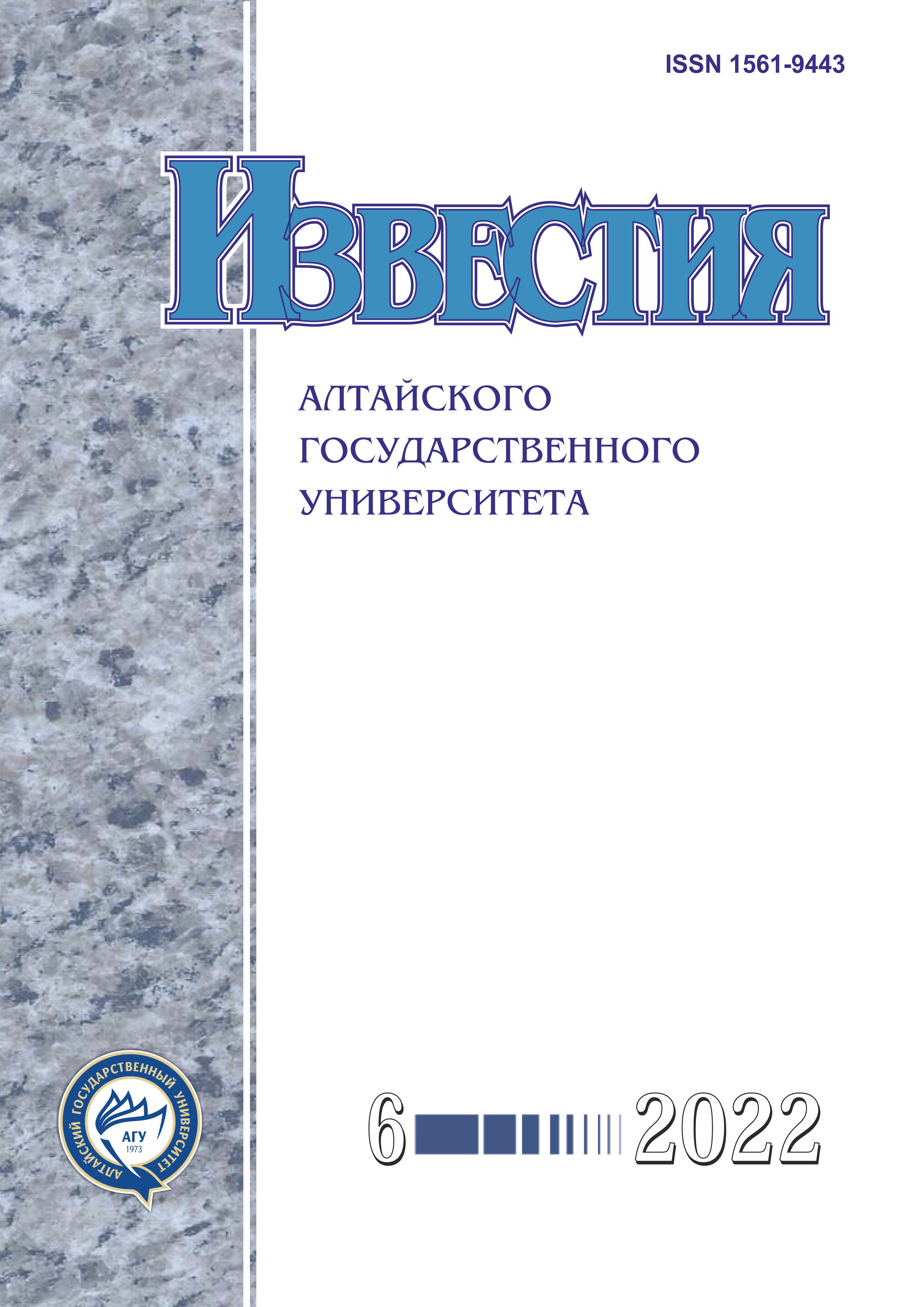Social Memory and Formation of Urban Identity of the Regional Capital City (on the Example of Saransk)
ББК 63.52+60.025 УДК 304.2
Abstract
The subject of the study is the formation of urban identity based on group reflection on the past and present. The article summarizes the results of in-depth interviews with the experts and online observation of the thematic communities in the social network VKontakte, dedicated to the visual history of Saransk — the capital of the Republic of Mordovia and focusing on the late Soviet period as the era of its transformation into a major city, revealing the specific features of the social identity of the population of the republican capital, as well as the social functions of virtual urban communities as “assemblage points” of urban identity. Considering Saransk nostalgic communities in “new media” as a specific form of digitalization in modern “public history” and visualization of social memory, the author analyzes symbolic communication and manifestation of collective emotions of their members in modes of collective trauma and nostalgia. Author specifies the basic functions of nostalgic communities: the construction of cultural trauma of the social changes, promoting comprehension of responsibility for development of a city and stimulation of civil activity, formation of a complete image of a city in space and in time, identification of users with the generalized image of the city and urban community.
Downloads
Metrics
References
Браточкин А.В. Городское пространство // Все в прошлом: теория и практика публичной истории / под ред. А. Завадского, В. Дубиной. М., 2021.
Абрамов Р. «Советский чердак» российской блого-сферы: анализ ностальгических виртуальных сообществ // Интеракция. Интервью. Интерпретация. 2011. Т. 6.
Полухина Е.В. Онлайн-наблюдение как метод сбора данных // Интеракция. Интервью. Интерпретация. 2014. Т. 7.
Рождественская Е.Ю., Семенова В.В. Киберэтнография виртуального сообщества: анализ туристского форума // Интеракция. Интервью. Интерпретация. 2014. Т. 7.
Зукин Ш. Обнаженный город. Смерть и жизнь аутентичных городских пространств. М., 2019.
Urban Public Space: Facing the Challenges of Mobility and Aestheticization / Oleg Pachenkov (ed.). Frankfurt am Main, 2013.
Оже М. Не-места. Введение в антропологию гипермодерна. М., 2017.
Культурный ландшафт города Саранска (геоэкологические проблемы и ландшафтное планирование) / науч. ред. и сост. А. А. Ямашкин. Саранск, 2002.
Богатова О.А., Долгаева Е.И. Структура и тенденции развития социальной идентичности столицы республики в составе Российской Федерации // SocioTime / Социальное время. 2021. № 4 (28). DOI: https://doi. org/10.25686/2410-0773.2021.4.22.
Платт К. Аффективная поэтика 1991 года: ностальгия и травма на Лубянской площади // Новое литературное обозрение. 2012. № 116 (4).
Александер Дж. Культурная травма и коллективная идентичность // Социологический журнал. 2012. № 3.
Copyright (c) 2022 Ольга Анатольевна Богатова

This work is licensed under a Creative Commons Attribution 4.0 International License.
Izvestiya of Altai State University is a golden publisher, as we allow self-archiving, but most importantly we are fully transparent about your rights.
Authors may present and discuss their findings ahead of publication: at biological or scientific conferences, on preprint servers, in public databases, and in blogs, wikis, tweets, and other informal communication channels.
Izvestiya of Altai State University allows authors to deposit manuscripts (currently under review or those for intended submission to Izvestiya of Altai State University) in non-commercial, pre-print servers such as ArXiv.
Authors who publish with this journal agree to the following terms:
- Authors retain copyright and grant the journal right of first publication with the work simultaneously licensed under a Creative Commons Attribution License (CC BY 4.0) that allows others to share the work with an acknowledgement of the work's authorship and initial publication in this journal.
- Authors are able to enter into separate, additional contractual arrangements for the non-exclusive distribution of the journal's published version of the work (e.g., post it to an institutional repository or publish it in a book), with an acknowledgement of its initial publication in this journal.
- Authors are permitted and encouraged to post their work online (e.g., in institutional repositories or on their website) prior to and during the submission process, as it can lead to productive exchanges, as well as earlier and greater citation of published work (See The Effect of Open Access).








